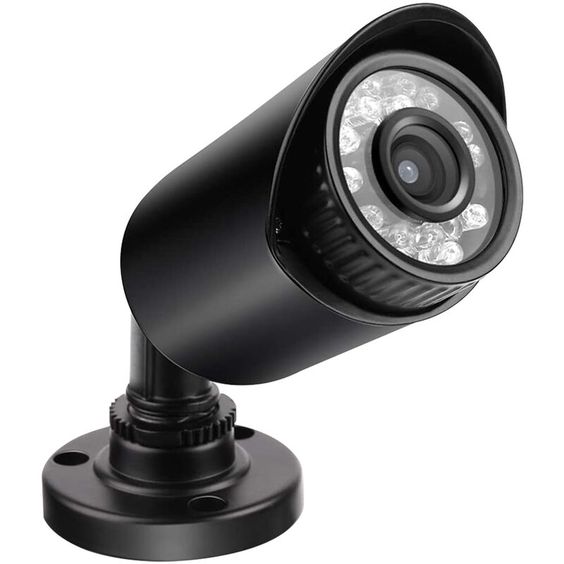Safeguarding Privacy: Exploring Privacy-Enhancing Technologies in Surveillance Systems
2023-12-28
Introduction
As surveillance systems become more prevalent in our daily lives, concerns about privacy have rightfully taken center stage. However, the technological landscape has responded to these concerns with the development of privacy-enhancing technologies (PETs) designed to mitigate the potential risks associated with surveillance. In this blog, we delve into various innovations that aim to strike a balance between effective surveillance and individual privacy.
1. Anonymization Techniques:
Anonymization is a fundamental privacy-enhancing technique that involves removing or encrypting personally identifiable information (PII) from surveillance data. By replacing identifiable elements with pseudonyms or random codes, individuals can be protected from unwarranted identification, preserving their anonymity while allowing for statistical analysis and pattern recognition.
2. Differential Privacy:
Differential privacy is a robust framework designed to protect individual privacy in statistical databases and surveillance systems. It involves injecting noise or random perturbations into data to prevent the identification of specific individuals. This approach ensures that the inclusion or exclusion of a single data point does not significantly impact the overall analysis, providing a high level of privacy.
3. Homomorphic Encryption:
Homomorphic encryption allows computations to be performed on encrypted data without decrypting it. In the context of surveillance, this technology enables the processing of sensitive information while it remains encrypted, ensuring that even service providers or analysts cannot access the raw, identifiable data. This adds an extra layer of protection to individual privacy.
4. Secure Multi-Party Computation (SMPC):
SMPC is a cryptographic technique that enables multiple parties to jointly compute a function over their inputs while keeping those inputs private. In surveillance scenarios, this could involve multiple entities collaborating to analyze data without revealing the individual inputs, contributing to a privacy-preserving approach.
5. Blockchain for Data Accountability:
Blockchain technology offers a decentralized and transparent framework for ensuring data accountability. By recording access and modifications to surveillance data on a blockchain, individuals can track who has accessed their data and for what purposes. This transparency fosters trust and provides a mechanism for holding organizations accountable for their data practices.
6. Privacy-Preserving Data Aggregation:
Privacy-preserving data aggregation techniques allow the extraction of valuable insights from surveillance data without compromising individual privacy. Instead of sharing raw data, which could contain sensitive information, aggregated and anonymized summaries are provided. This enables the extraction of patterns and trends while protecting the identities of individuals.
7. Context-Aware Access Controls:
Context-aware access controls consider the context in which surveillance data is accessed and restrict access based on predefined rules. For instance, access to certain types of data may be limited to specific authorized personnel and only granted under specific conditions, such as a predefined time frame or location.
8. Open Source and Transparent Algorithms:
Choosing open-source and transparent algorithms for surveillance analytics enhances privacy by allowing scrutiny and verification of the underlying processes. Transparency in algorithmic decision-making ensures that the public and stakeholders can understand how data is processed, promoting accountability and ethical use.
Conclusion
Privacy-enhancing technologies play a crucial role in addressing concerns surrounding the deployment of surveillance systems. As we navigate a world where surveillance is increasingly integrated into our daily lives, the responsible implementation of these technologies ensures that the balance between public safety and individual privacy is maintained. By embracing innovations that prioritize data protection and anonymity, we can create surveillance systems that are not only effective but also respectful of the fundamental right to privacy.



